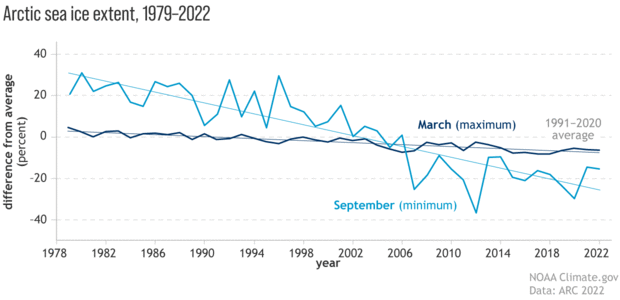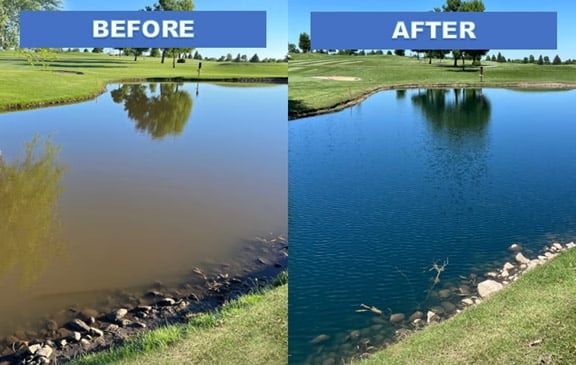Preparing your swim pond for winter is vital to ensure its health and longevity during the cold months. For owners in colder climates, effective winterization goes beyond maintaining aesthetics; it’s essential for protecting aquatic life, preserving plant health, and avoiding costly damages. As temperatures drop, ice can form on the surface of your pond, causing serious risks, including the potential for fish deaths and structural issues in the pond itself. This guide will walk you through the fundamental methods for winterizing your swim pond, allowing you to approach winter preparation with confidence.
In this guide, you will discover essential techniques tailored specifically for both small and large ponds, learn how to safeguard your plants, identify necessary equipment for effective winter care, and implement strategies for maintaining water quality despite freezing temperatures. By the end, you will be equipped to take meaningful steps to care for your pond during winter, ensuring it thrives when spring returns.
Why Winterization Matters for Your Swim Pond in Cold Climates
Recognizing the risks associated with ice damage is crucial for the wellbeing of your swim pond. When winter sets in, a thick layer of ice can develop, trapping harmful gases and limiting oxygen flow. Insufficient oxygen levels can harm fish and disrupt the entire pond ecosystem.
Proper winterization helps mitigate these risks. Implementing effective winterization methods can protect against structural damage due to ice formation while reducing maintenance costs in the spring. Regular practices such as installing de-icers or heaters not only create pockets of unfrozen water but also promote vital gas exchange that fish need to survive.
Research shows that ice damage can lead to significant structural issues in ponds, while effective winterization can substantially reduce repair costs.
Comparison of a well-winterized pond and a damaged pond (Source: Healthy Ponds)
Your Essential Winter Care Checklist for Swim Ponds
To effectively prepare your swim pond for winter, follow this comprehensive checklist. It will help ensure you cover all critical steps and maintain your pond’s health through the colder months.
Step-by-Step Checklist for Winterizing Your Pond
-
Remove Debris: Clean the pond thoroughly to eliminate leaves and sludge. This ensures that decaying organic matter does not deplete oxygen levels under the ice.
-
Install De-icers: Use a heater or de-icer to maintain a small area of your pond that remains free of ice. This is essential for allowing fish to survive the winter.
-
Adjust Fish Feeding: Shift to a high-quality fish food that is easier for your fish to digest as temperatures drop. Stop feeding entirely when temperatures fall below 50°F (10°C).
-
Manage Equipment: In small ponds, consider removing pumps to prevent freezing. For larger ponds, set pumps to a low speed to maintain some water movement and prevent ice buildup.
-
Protect Aquatic Plants: Trim back dead foliage and cover sensitive plants with burlap or mulch to help them survive the cold months.
-
Use Netting: Over your pond, install netting to minimize leaf debris from contaminating the water during fall and early winter.
-
Regular Monitoring: Throughout winter, check your pond periodically for ice formation and ensure your de-icer is functioning effectively.
According to research from Gold Eagle, following this winter care checklist can help prevent fish deaths and structural damage.

Essential winter care tasks for swim ponds (Source: Gold Eagle)
How to Protect Plant Life During Pond Dormancy
Aquatic plants need special attention to ensure their survival through winter dormancy. Proper care of these delicate species is crucial for a thriving ecosystem when spring arrives.
Best Practices for Aquatic Plant Protection
-
Trim Wisely: Cut back dead or dying foliage to avoid decay and oxygen depletion. Hardy plants such as water lilies should be maintained at depths of 12 to 24 inches.
-
Correct Plant Positions: Leave well-established plants in their original positions if they thrived during the growing season. Moving them can disturb their root systems.
-
Manage Water Quality: Taking steps to prevent gas buildup is vital. Gentle aeration can help, and using surface agitation techniques can be effective.
-
Winter Insulation: Cover sensitive plants with burlap or mulch to provide insulation from extreme cold and ensure stable water temperatures.
Research indicates that maintaining proper water depths and applying effective trimming practices enhance the health of aquatic plants, even in harsh winters.

Steps for proper trimming techniques for aquatic plants (Source: NT Labs)
Maintaining Water Quality Under Ice: Essential Tactics
Winter presents challenges when it comes to maintaining water quality in your swim pond. Here are effective tactics to avoid stagnation and ensure oxygen flow even as temperatures drop.
Methods to Maintain Water Quality
-
Aeration Systems: Install a diffused air system to keep open areas free of ice. This allows for necessary gas exchange and helps prevent stagnation.
-
De-icing Devices: Utilize floating de-icers to keep specific sections of the pond free from ice and ensure continuous oxygen flow.
-
Regular Water Testing: Be proactive and monitor water quality parameters such as pH and temperature regularly, allowing for any adjustments needed.
-
Circulation Pumps: Use variable speed pumps to maintain water movement without generating strong currents that stress fish.
Articles from Heathland Group reveal that effective aeration systems can help prevent ice formation and maintain healthy water quality, even during severe cold spells.
![]()
Diagram illustrating an aeration system for ponds (Source: Heathland Group)
Gear Up: Essential Equipment for Winter Pond Care
Having the right equipment is critical for successful winterization. Here’s an overview of necessary supplies to ensure your pond remains healthy throughout the cold season.
Necessary Equipment
-
Pond Heaters and De-icers: Select effective models to maintain open water sections and ensure vital gas exchange.
-
Aeration Pumps: Invest in good-quality aeration systems appropriate for the size of your pond to prevent stagnation and promote healthy water quality.
-
Cleaning Tools: Gather tools such as pond vacuums and nets to assist in debris management during the fall and early winter.
-
Heating Element Costs: Be aware of the financial aspects, since heater efficiency can directly influence your energy bills.
Research from BigCommerce emphasizes that investing in proper winter equipment can help mitigate costs by reducing the need for repairs and ongoing maintenance.

A pond air de-icer, essential for winter pond care (Source: BigCommerce)
Navigating Common Winter Challenges in Swim Ponds
As winter approaches, swim pond owners may encounter specific challenges. Being able to quickly identify these issues can help prevent significant damage down the line.
Common Winter Concerns
-
Ice Formation: Regularly check for unwanted ice buildup. Early detection allows you to swiftly implement de-icing strategies.
-
Fish Health: Observe fish activity. If fish are not surfacing, it may indicate oxygen deprivation, necessitating immediate action.
-
Gas Build-up: Strive to ensure that harmful gases do not accumulate by keeping open areas in the ice cover through aeration.
Research reveals that implementing preventative measures can effectively reduce risks associated with ice damage, as noted by CTF Assets.

Infographic detailing common winter-related challenges in swim ponds (Source: CTF Assets)
Climate Change: How It Affects Your Winterization Strategies
Climate change is affecting the conditions you need to consider for your swim pond during winter. Understanding these impacts will help you adapt your winterization strategies effectively.
Key Considerations for Climate Variability
-
Ice Cover Duration: Studies indicate that the amount of time lakes and ponds remain covered by ice has decreased significantly. This alters traditional winter preparation timelines.
-
Temperature Fluctuations: Warmer winters and more variable temperatures bring risks like freeze-thaw cycles, which can stress aquatic life.
-
Tailored Approaches: Different regions may require distinct winterization strategies based on specific climate conditions and precipitation patterns.
Adaptation strategies are increasingly necessary, reflecting findings from NOAA Climate regarding changing conditions in cold areas.

Graph showing trends in sea ice cover duration (Source: NOAA Climate)
Cost Analysis: The Financial Benefits of Winterizing Your Swim Pond
When considering winterization, it’s important to evaluate the costs against potential repair expenses. Here’s a comprehensive analysis.
Understanding Costs and Benefits
-
Average Winterization Expense: Costs typically range from $150 to $2,750, influenced by pond size and required maintenance.
-
Repair Expenses: The potential cost associated with repairs from neglect can exceed $20,000 for severe damage.
-
Long-term Savings: Investing in regular winterization efforts helps prevent significant future costs, allowing your pond to last longer.
This cost analysis highlights the financial wisdom of proactive winter care, as supported by insights from HomeGuide.

Chart comparing yearly pool maintenance and winterization costs (Source: HomeGuide)
Conclusion: Prepare Your Swim Pond for Winter Success
By applying effective winterization strategies to your swim pond, you can promote its health and vitality while minimizing the risk of costly damage. From following through with your winter preparation checklist to ensuring you have the right equipment, each step is vital for sustaining a thriving ecosystem.
As you move into winter, remember that proactive measures contribute significantly to your pond’s overall success. Engaging with local pond communities can also provide valuable support and shared experiences as you navigate through the winter months. Proper winter care not only impacts your pond’s current health but prepares it to burst into life and beauty come spring.

A thriving natural swimming pond surrounded by greenery (Source: BRD Landscape)
By following the guidelines in this article, you’ll be well on your way to enjoying the full benefits of your swim pond year-round.

